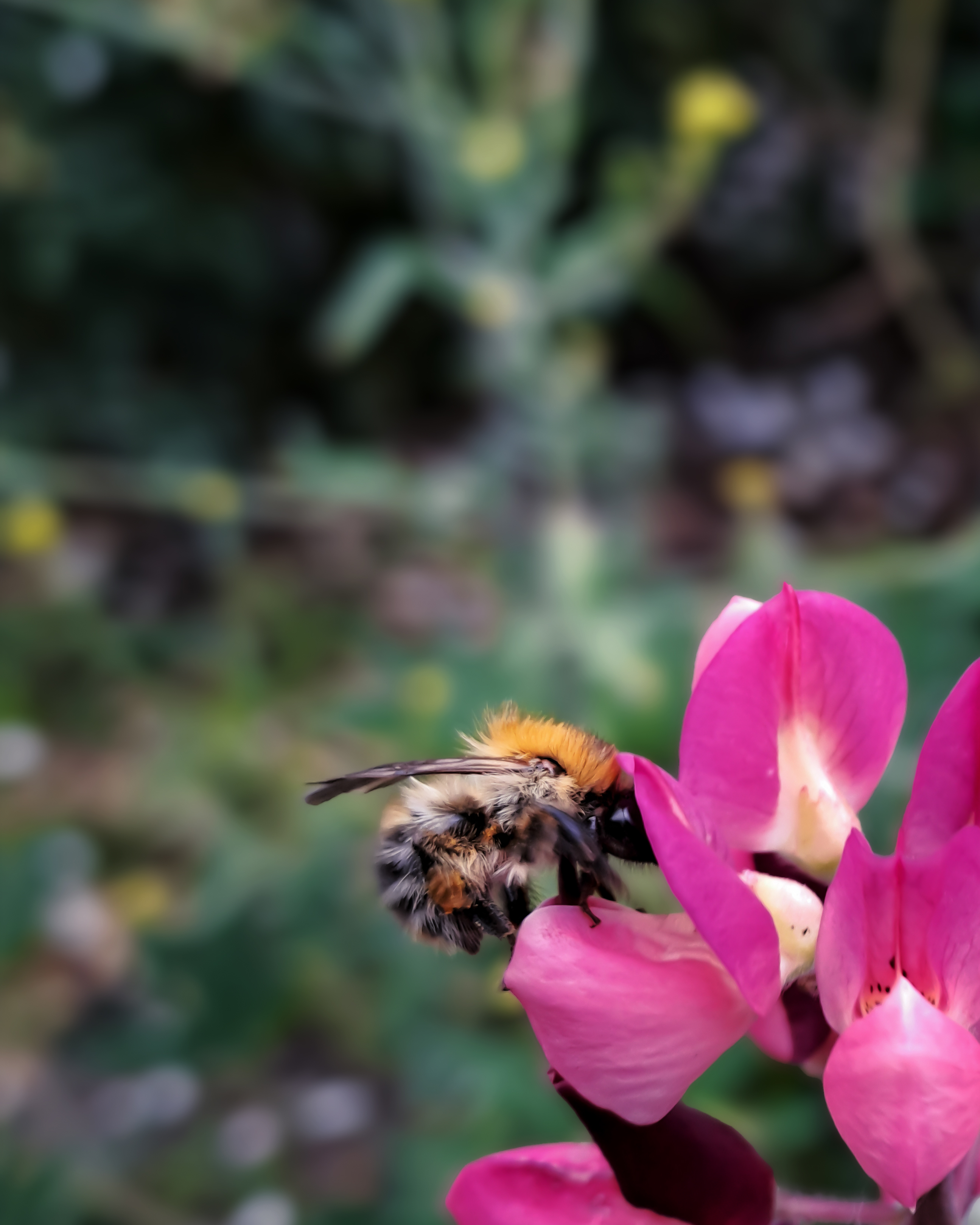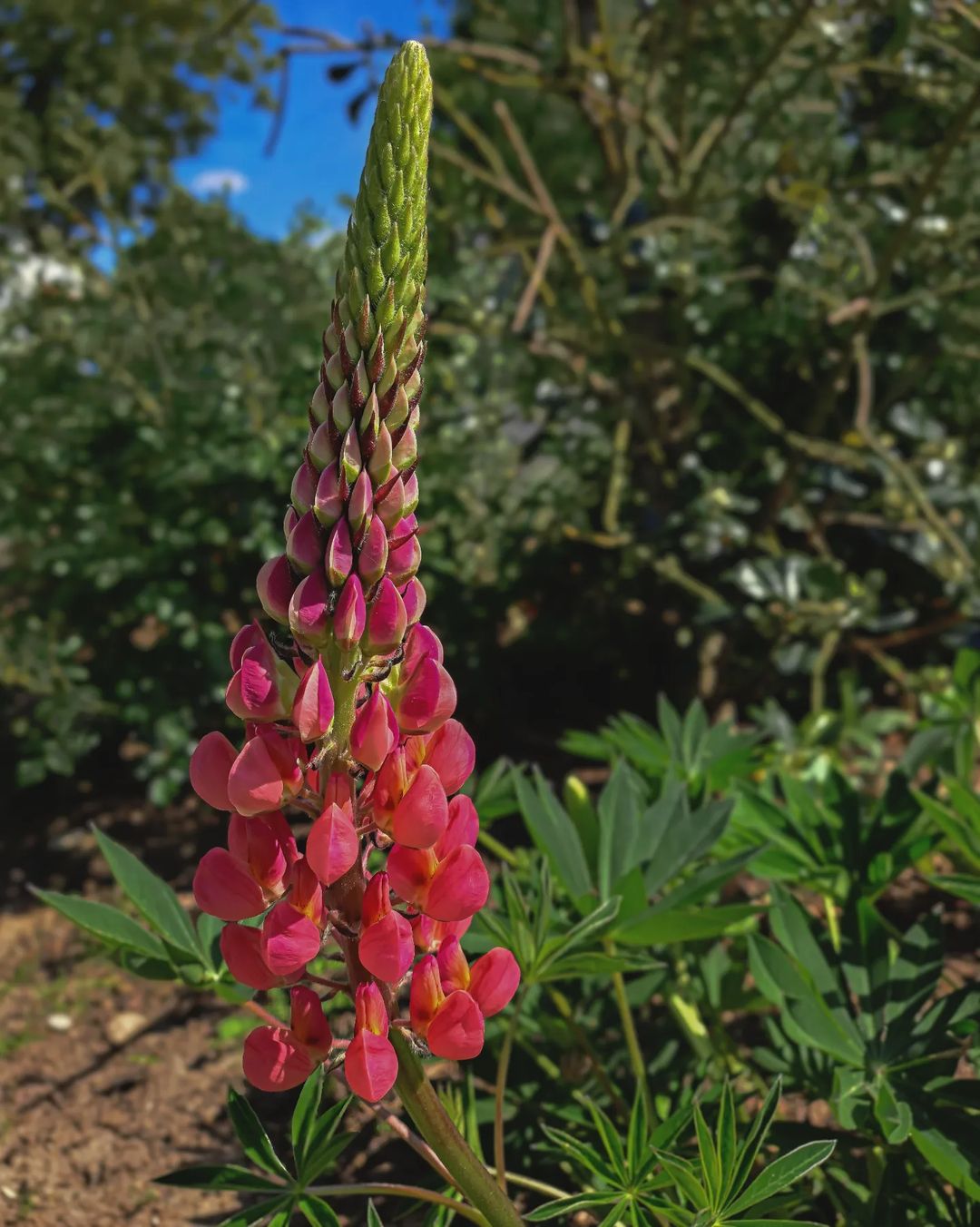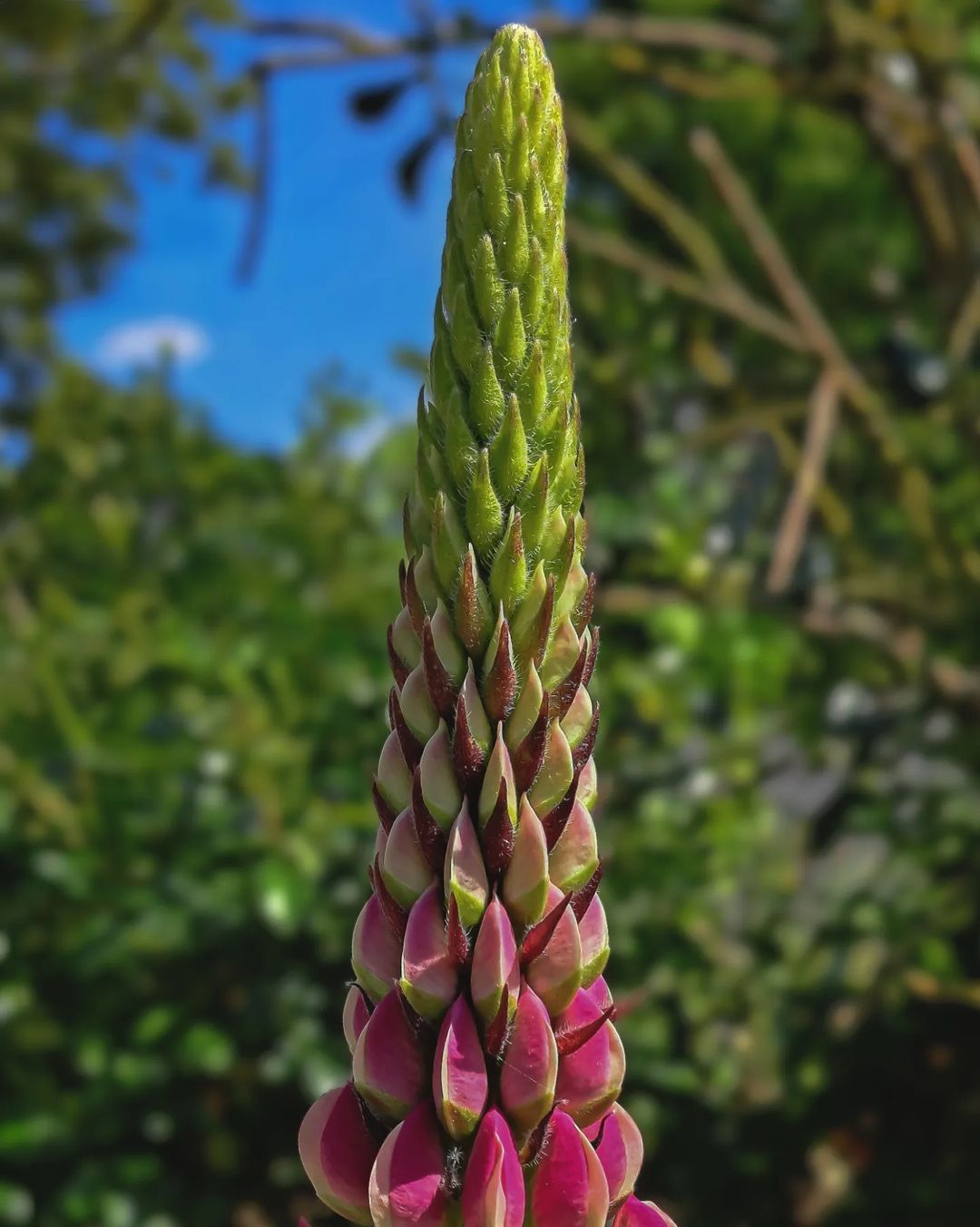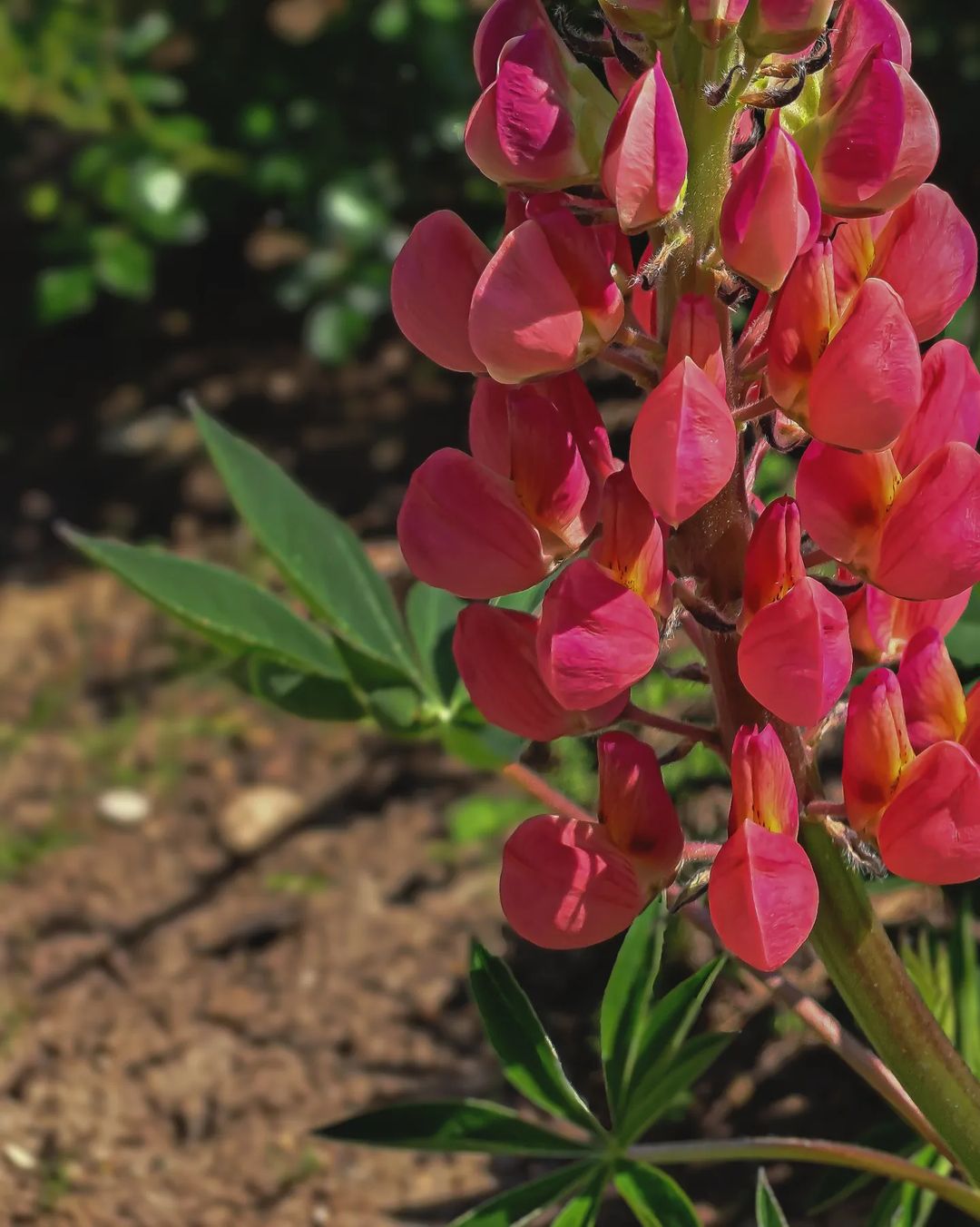Post #829:

If I were a bumblebee... 🌸🐝
This common carder bee (Bombus pascuorum), a species of bumblebee, is looking for sweet nectar, but only finds pollen in this flower, which is also tasty. The garden lupine (Lupinus polyphyllus) does not offer nectar, but has a kind of pumping mechanism in its flowers that is triggered by the bumblebee and delivers the valuable pollen. This is transported to the nest of this social species, where it mainly serves as food for the offspring. Bumblebees fly to up to 1000 flowers every day in up to 18 hours to look for food.
🐝 What would you do if you were a bumblebee?
1. Fly from flower to flower all day
2. Rest on a sunny flower and take a nap
3. Hide in a blossom and watch people
4. Something else (please explain)
Topic: ➟ Insects
🤗 For a more nuanced discussion, please feel free to use the comments section, private messages or the anonymous contact form on my website.
Details:
This post is part of the artistic performance The Happening on Instagram.
Further information about this art project Related post on InstagramCreator of this post is Frederic Hilpert
© File Usage Guidelines This post on megagroundsloth.de#biene #hummel #flowers #bumblebee #bienchen #bombus #insectphoto #natur #wildbees #wildbienen #blumen #flores #lupin #nectar #pollen #insektenfotografie #entomology #bestäuber #socialinsects #abejas #wildbee #abeja #bienen #abejorro #dulceria #hommel #hommels #bijen
















